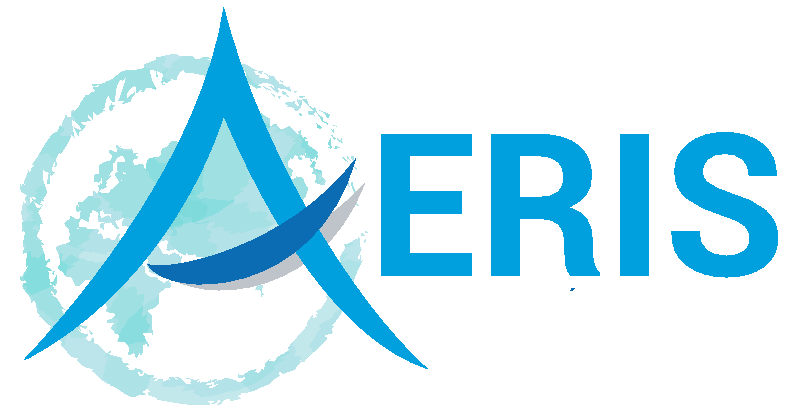The deployment strategy
This project required the development of a robust deployment strategy (trajectory forecast, ability to converge into the targeted cyclone). Software tools have been developed in recent years and tested during the Guam campaign in October 2017. The aim is to estimate the chance that an Aeroclipper is captured by a tropical cyclone.
The first task was to build a capture statistic based on ECMWF (ERA-I and ERA-5) re-analyses and IBTrACS dataset. This “climatology tool” allows to study the potential capture of simulated Aeroclippers by historical TCs and to select the best deployment sites for a given basin and season. La Réunion is one of the best deployment site for the south Indian Ocean with more than one (~1.5) reachable TC between 15 January and 15 February and with a reasonable delay < 5 days between the deployment from the coast and the capture.

Average (1980-2016) number of reachable TC for Aeroclipper released from a given location for the best month (the central date of the best period is indicated) and for different delays before the Aeroclipper capture.
Second, the “operational forecasting tool”, based on the ECMWF Ensemble Prediction System (EPS), is used during the campaign in order to estimate the probability that an Aeroclipper deployed from a given site will be captured by a nearby (already formed or forecasted) TC during the following days. Using the Ensemble Prediction System (EPS) of ECMWF, 50 Aeroclipper trajectories are computed every 6 hours for each pre-selected deployment site, with statistics of the probability to be captured by a TC. The decision of deployment will be taken based on this statistic. Different deployment sites will be pre-selected before the campaign.
The Helikite is a small (16m3) and robust balloon and it is quite easy to use. It is thus planned to inflate the balloon with helium immediately before the Aeroclipper release. The deployment site will be determined at least 24 hours in advance as a function of the meteorological forecasts (local wind, etc.), the trajectory forecasts and the chance of capture by a tropical cyclone.
During the flight, the position of the Aeroclipper is monitored in real time (< 5 minutes). Each hour, an ensemble of trajectories is computed using the EPS in order to analyze the risk of grounding on a coast. If this risk is important, the balloon is destroyed.
